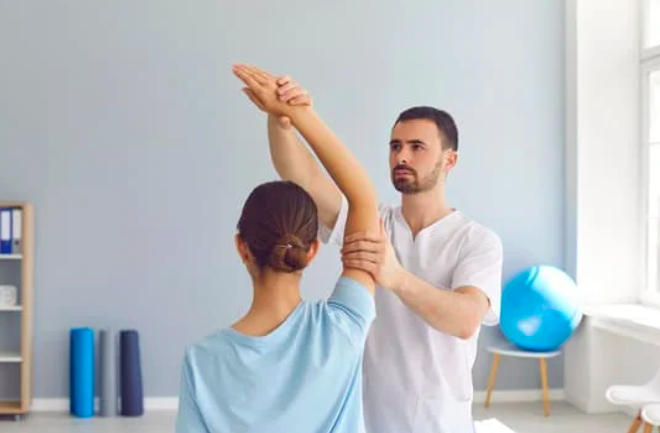|
Congratulations! You’ve chosen to start physical therapy, the most effective way of addressing hypermobility - related musculoskeletal concerns and symptoms in individuals with hypermobility spectrum disorder (HSD) and Ehlers-Danlos Syndrome (EDS). Please take the following suggestions to heart in order to maximize the benefit of your therapy, prevent future problems and help you achieve your highest possible level of function.
5 Comments
|
Archives
February 2024
|

 RSS Feed
RSS Feed